

Among municipal museums (managed by the Fondazione Musei Civici di Venezia), state museums and museums privately owned or managed by foundations, religious bodies and associations, Venice has more than 40 exhibition venues open to the public: an impressive number that testifies to the city’s richness and its leading cultural role, which has never been shaken over the centuries.
To these must be added the Giardini della Biennale (Biennale Gardens), a green area at the eastern end of the city centre that hosts the pavilions of the prestigious art and architecture biennials: part open-air museum, part event, they are a must-see for all enthusiasts.
So much abundance, however, poses a Hamletic question to passing visitors: which museums in Venice are worth visiting?
Buying individual entrance tickets to the various museums can be prohibitively expensive. If you are an art lover and want to visit two or more museums during your holiday in Venice without being left with an empty wallet, it is essential for you to purchase a tourist card that allows you free or discounted entry to the museums you are interested in.
The official tourist card of Venice is the City Pass Venezia Unica (which in some sites you will find indicated with the name Venezia City Pass or with the name Venezia Unica card).
It is available in a standard version that includes eight attractions (Doge’s Palace, Correr Museum, National Archaeological Museum, Marciana National Library, Querini Stampalia Foundation, 3 churches of your choice from the Chorus Pass circuit), but can be customised with the addition of other museums and public transport service.
A valid alternative is the Museum Pass, a cumulative ticket for all Venice’s civic museums and related venues. It includes the attractions included in the Museums of St Mark’s Square ticket plus ten others. It is valid for a full 6 months from the date of activation, ideal both for a full immersion in the museums of Venice and for those who plan to return several times during this period of time.
Assuming you have already included the Doge’s Palace and St Mark’s Basilica in your list of things to see, we have created the list of the top 10 museums in Venice to help you choose which ones to visit.
These are the museums that are most representative of the immense historical and cultural heritage of this extraordinary city and its unique traits, such as its past as a maritime power, the traditions of lace and glass, and its ties with the Orient. In the halls of these prestigious museums, you can relive a rich past or find answers to your questions about the future of contemporary art.
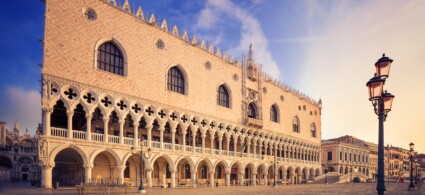
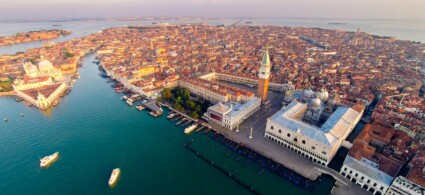

One cannot but start the list of must-see museums in Venice with the Gallerie dell’Accademia, the prestigious state museum exhibiting the most important collection of Veneto painting in the world. It is housed in a historic church, the Church of Santa Maria della Carità, and the buildings connected to it.
In the 19th century, these buildings became the headquarters of theVenice Academy of Fine Arts: when this was moved to the current premises of the former Incurabili Hospital and San Servolo, the Carità became the museum complex we can visit today.
The exhibition itinerary (37 rooms) takes you on a discovery of masterpieces of Venetian and Veneto painting from the 14th to the 18th century. The highlights of the collection are Titian’s ‘La Pietà’, Giorgione’s ‘The Tempest’ and Veronese’s ‘The Feast in the House of Levi’.
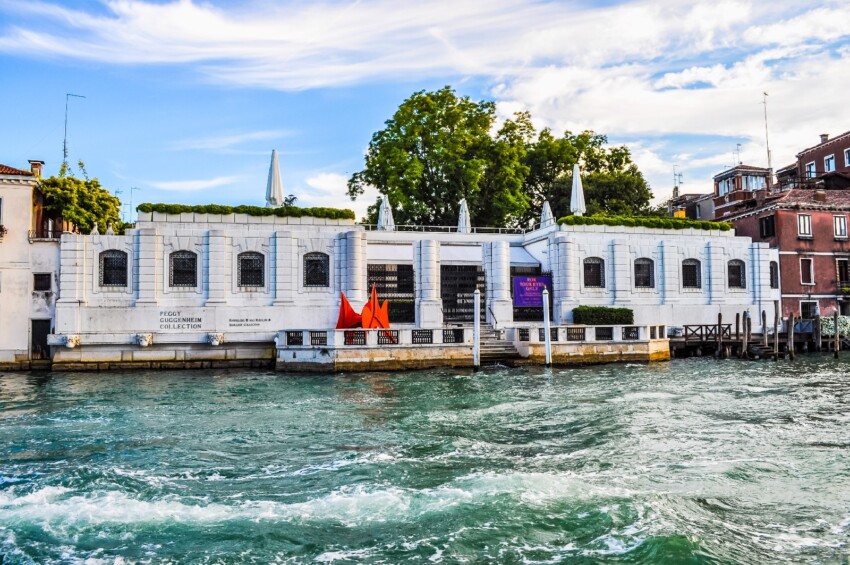
Culture in Venice is not synonymous with the past: the city is still an international benchmark for artistic production and one of its most important museums is dedicated to modern and contemporary art.
This is the world-famous Peggy Guggenheim Collection, one of the most important museums of 20th century European and American art in Italy. Its collection includes works by innovative artists such as Dali, Pollock, De Chirico and Giacometti, while temporary exhibitions explore new artistic ferment at an international level.
The venue is the wonderful Palazzo Venier dei Leoni, an 18th-century building with a neoclassical façade overlooking the Grand Canal. Left unfinished, it immediately catches the eye because it has a lower and longer form than typical Venetian buildings; equipped with a beautiful garden, it is an oasis of silence and culture in a sometimes deafening city.

The Marciana National Library is a sumptuous container for a cultural heritage of inestimable value. One of the most prestigious libraries in Italy and Europe, it is housed in a magnificent palace designed by Jacopo Sansovino overlooking the basin of San Marco, embellished with works by Titian, Veronese and Tintoretto.
It houses more than 600,000 printed books and 10,000 manuscripts, including one of the most valuable collections of Greek, Latin and Oriental manuscripts in the world, plus an important collection of maps and atlases.
The library is still functioning today and is an important centre for study and research. Guided tours provide access to the monumental halls (Monumental Staircase, Antechamber or Vestibule and Salon) and to admire the pictorial masterpieces decorating the walls.

Another museum not to be missed for those who want to get to know Venetian art and culture in depth is the Museo del Settecento housed inside Ca’ Rezzonico, a historic building that over the centuries has seen illustrious owners and tenants, including Pope Clement XIII, the poet Robert Browning and the musician Cole Porter.
Now owned by the city of Venice, the palace has been restored to the great splendour of the past to revive one of the most splendid periods in the cultural life of the Serenissima.
The museum perfectly reproduces a typical 18th century Venetian aristocratic residence and exhibits paintings, frescoes, furniture and objects of daily life of the time.

The schools of Venice were confraternities of citizens who gathered in the name of a patron saint for religious or mutual aid purposes. Of these, the most famous is the Scuola Grande di San Rocco, the only one that survived the end of the Serenissima Republic and whose monumental headquarters we can admire today.
It is a complex of buildings (Scuola Grande, Scoletta, Church) and urban spaces interconnected according to an architectural-urban project conceived at the turn of the 15th and 16th centuries.
During the visit you can admire more than 60 paintings in their original location, including works by Giorgione and Tiepolo; these are joined by ceramics, furniture, sacred art objects and a precious Mameluke carpet. The highlight of the museum, however, is undoubtedly Tintoretto ‘s extraordinary painting cycle depicting episodes from the Old and New Testaments.
If Venetian luxury fascinates you, you can get a taste of it by visiting Mocenigo Palace, another stately building that belonged to an illustrious family (its members included doges, intellectuals, captains and ecclesiastics).
Once the site of a study centre entirely dedicated to the history of textiles and costume, the museum of Palazzo Mocenigo has recently been renovated with modern museum itineraries that enhance the beauty of the original rooms and furnishings and allow visitors to fully immerse themselves in the refined atmosphere of the 18th century.
This is just the beginning of a journey that will let you follow the evolution of fashion and the textile industry. The highlight of these thematic itineraries are the tapestries created according to a design by stage and costume designer Pier Luigi Pizzi: inspired by the palace’s original ones, they have an iridescent chrome finish that creates spectacular visual effects.
The absolute novelty of Museo Mocenigo is a section entirely dedicated to the intoxicating world of perfume: five rooms with multimedia installations, olfactory stations, a reconstruction of a 16th-century perfumer’s workshop and a collection of bottles and flasks from all over the world.
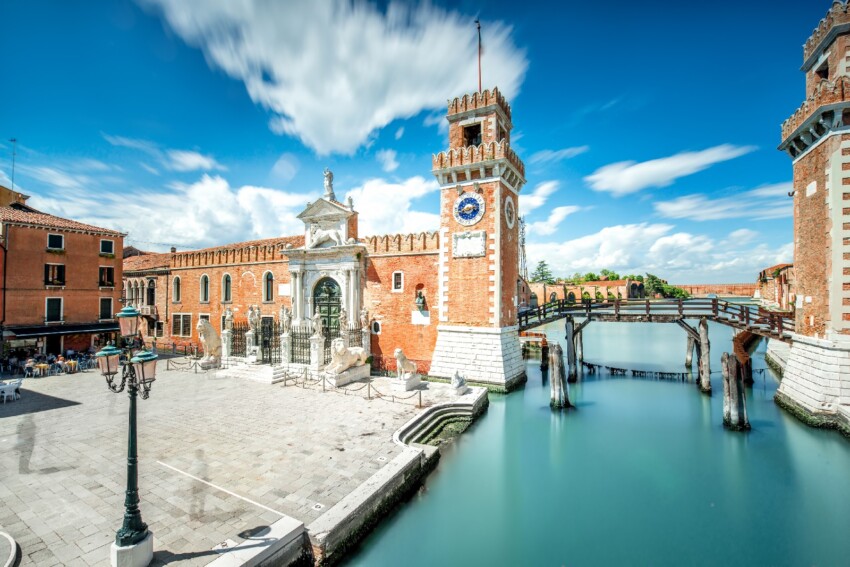
Last on the list but no less important, the Naval History Museum in Venice, owned by the Italian Navy, is a must-see for anyone wishing to fully experience the indissoluble bond between the city and water.
The main building is a fifteenth-century building that was used as a granary in the times of the Serenissima; next to it, near the entrance to the Arsenal, is the old rowing workshop that today houses the striking Padiglione delle Navi (Ships’ Pavilion).
Local and national memory intertwine along the museum itinerary, which includes sections dedicated to the centuries when Venice dominated the Adriatic (and beyond) and others to the shorter but certainly not glorious history of the Italian Navy.
You can admire models of Venetian fortresses scattered along the Adriatic and Aegean coasts, reconstructions of war galleys, models of ships from all over the world, historical gondolas (including one that belonged to Peggy Guggenheim) and other typical Venetian boats less known to tourists.
A curiosity: the adjoining church, which can be visited upon request, houses the heart of Austrian Emperor Franz Friedrich of Habsburg, donated to the city according to his own will.
Venice and the Orient is a long-standing and deeply rooted bond that has given rise to some of the city’s most beautiful sights. It is therefore not surprising that Venice is home to one of the most important Oriental Art Museums in Europe.
The original nucleus of the collection is owed to Count Enrico di Bardi di Borbone, who on his return from a trip to Asia brought home 30,000 pieces as valuable ‘souvenirs’; having fallen into the hands of a Viennese antiquarian, the collection was returned to the Italian government at the end of the First World War as compensation for war damage.
The wonders of the Orient that we can all admire today include Chinese porcelain, Indonesian shadow theatre figures, musical instruments from various Asian countries, Japanese weapons and armour and more.
The museum is located in the Ca’ Pesaro palace, a historic building that also houses the International Gallery of Modern Art.
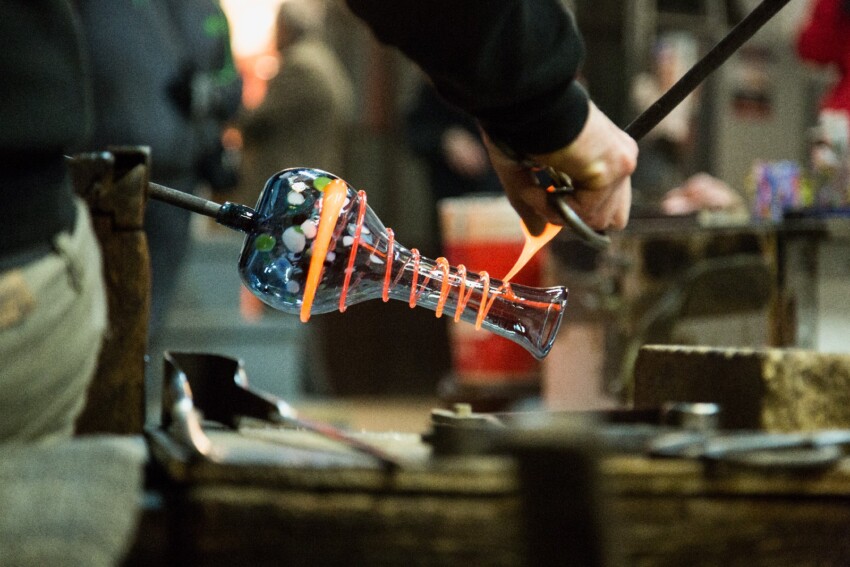
Where else could the museum dedicated to the art of Venetian glassmaking be based if not in Murano, the island famous throughout the world for its ancient tradition of glassblowing?
Founded in 1861, it was initially a historical archive aimed at preserving evidence of life on the island; later expanded through donations from local furnaces and the addition of a school, it became a museum in its own right.
A visit to the Glass Museum is a fascinating journey through the history of this eclectic material with which Venetian master glassmakers have been able to create everything from everyday objects to veritable works of art: starting with glass objects from the Roman era and arriving up to the present day.

After the Glass Museum in Murano, you can do the encore with the Lace Museum in Burano, another museum dedicated to a craft tradition typical of a specific Venetian island. The venue is the historic Burano Lace School founded in 1872.
The closure of the school has not caused this centuries-old art to fall into oblivion; on the contrary, it has been carefully rediscovered and valorised, resulting in the opening of the museum. On display you will find more than one hundred precious lace items from the school’s rich collection, in addition to other important examples of Venetian production from the 16th to the 20th century.
Make sure you visit the museum in the morning: you will then have the chance to see the lace-makers at work, craftswomen-artists thanks to whom Burano lace continues to be a living tradition.
However, the archive with photos, drawings and other iconographic evidence is not open to the public.
In the following map you can see the location of the main places of interest mentioned in this article.
City Card allow you to save on public transport and / or on the entrances to the main tourist attractions.
